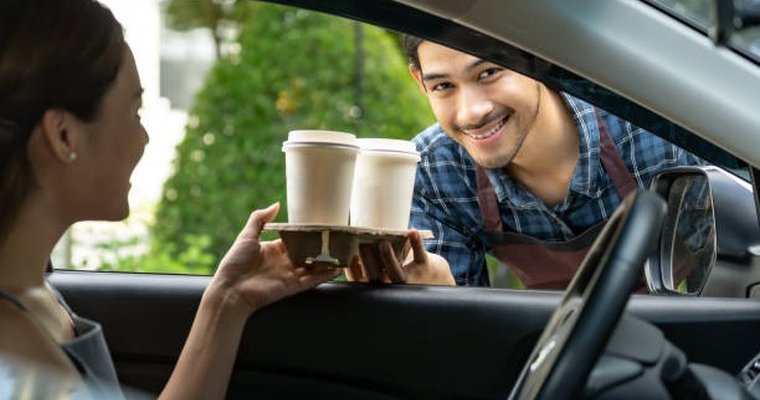Global trends indicate that international QSR and fast casual brands are racing to automate and digitize their drive-thrus as consumer preference for tech-driven ordering continues to surge in the post-COVID world.
By Chris Day
Global trends indicate that international QSR and fast casual brands are racing to automate and digitize their drive-thrus as consumer preference for tech-driven ordering continues to surge.
For instance, McDonald’s recently partnered with IBM to develop and implement automated order-taking capabilities at its drive-thrus; and Shake Shack, a fast casual restaurant, has introduced its first-ever drive-thru.
The same is true for the industry in South Africa, where QSRs such as McDonald’s have made the decision to fully digitize to create a more convenient and comfortable experience for diners. In addition, their digital strategy is keeping customers safe and informed.
 |
Chris Day |
In my opinion, drive-thrus are definitely here to stay. As we work with our QSR clients on developing digital solutions in this space, it’s becoming a business sector in their own right. Since the pandemic, diners have embraced the digital drive-thru experience to such an extent that they can stand on their own. The drive-thru of the future is all about technology and what that experience will look like, I believe.
A recent Deloitte study revealed that convenience, safety and digital are the holy trinity when it comes to QSR success with consumers and digital signage technology is key to enabling these key drivers.
Convenience enhanced through digital
QSRs are employing a range of digital strategies to enhance convenience for customers. It starts with the look and feel created by the branding, digital drive-thrus and digital menu boards to initially attract customers, and extends to promotional screens, and in-store ordering kiosks with payment gateways, all Moving Tactics custom solutions.
Through these digital channels, QSRs are able to engage with their customers via visuals and moving content (in-store and outdoors) whilst keeping them up-to-date on new offerings and promotions currently running.
«At McDonald’s, we have introduced drive-thru clients to the McCafé offering, which was previously only experienced by walk-in diners. Now McDonald’s restaurants can promote its in-store stock via outdoor digital menu boards,» Kevin Bierman, head of Digital Signage Solutions for Moving Tactics, said.
Safety still a concern
Safety as a drawcard, can apply to consumers from a COVID-19 or crime perspective, with many diners preferring to stay in their cars instead of enter the restaurant for either or both reasons. Through the pandemic, limiting or eliminating contact between employees and guests became the most important safety factor, and remains an issue across the world.
As a result of supply chain disruptions caused by COVID, QSRs have had to adapt quickly and are relying on internal and external digital menu boards to update menus on the fly as supply and delivery problems arise.
Digital driven by innovations
The ‘digital’ in digital signage is driven by innovations that include integration with social media based on local search, which then impacts on individual restaurant promotional content. As well as IoT innovations that enhance the digital offering by gathering data in-restaurant to provide the franchisee/operator with up-to-the-second data to make informed business decisions.
Digital innovation will drive efficiencies and deliver real-world data to more effectively and successfully operate a ‘restaurant of the future.’ Menu management, driven by technology, will be key in driving down costs, while providing the right product safety to the right customer when they require it.
Chris Day is the managing director at Moving Tactics, a digital signage solutions company based in South Africa.

